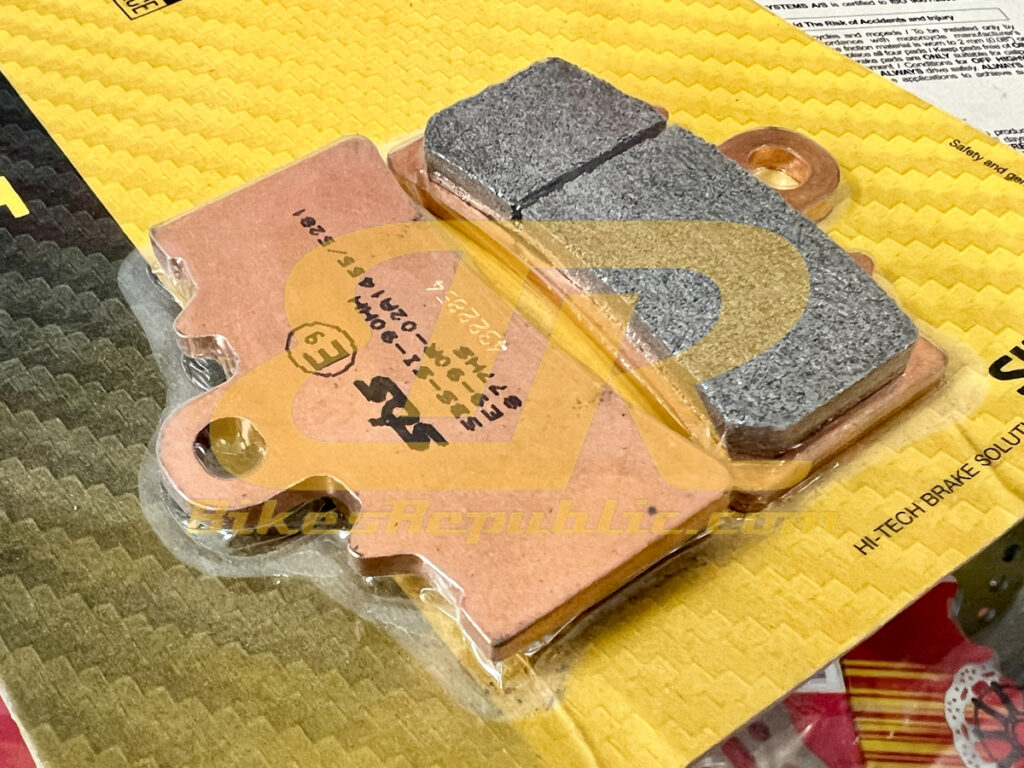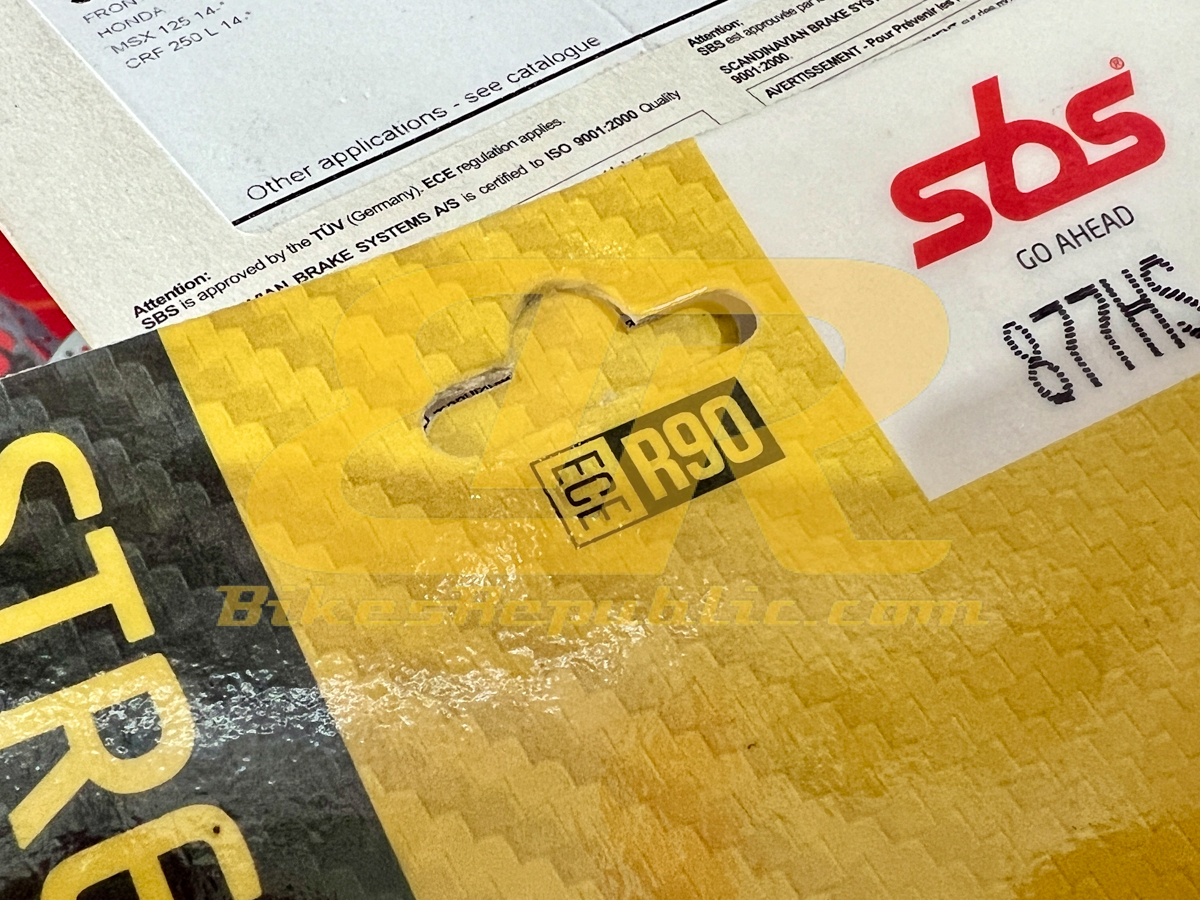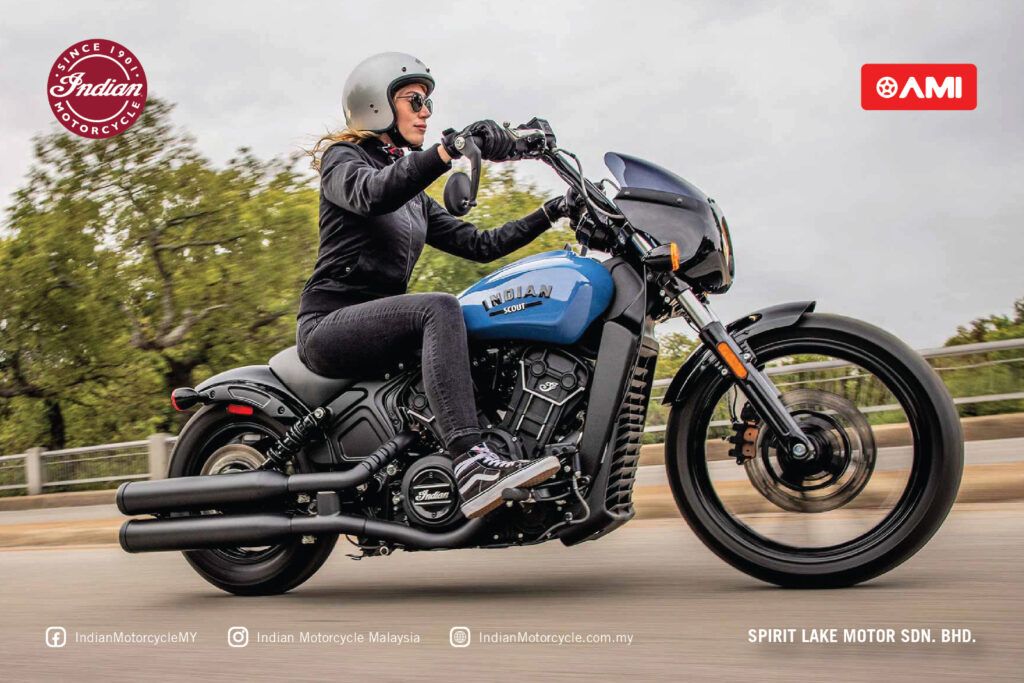Needless to say, brake pads are part of what makes the brake system as a whole operate, and it is true for regardless if it is a hydraulic or drum system. No brake pad, no brakes! So, what are the standards for brake pads?
So, what is/are the standards?
Firstly, we must always start by determining the need for standards.
Standards call for repeatable testing methods that usually resonate with advancements. Standards also ensure that any tested and approved product meets a certain set of requirements – usually for safety benefits to consumers. On the other hand, manufacturers could do anything as the please to the detriment of consumers. The best example is the motorcycle helmet.
So, for brake pads, especially imported ones, are tested and approved through:
ECE R90
- “ECE” stands for Economic Commission of Europe. Also sometimes marked as “CE” for Conformité Européenne.
- “R” stands for Regulation.
- “90” is the number of the standard. (Remember that motorcycle helmet falls under R22?)
Virtually any product sold in the European Union countries must be test and certified to their respective standards.
How about Malaysia?
Malaysia has her own standards for brake pads, namely:
MS1164:2015
- “MS” stands for Malaysian Standards.
- “1164” is the standard’s number.
- “2015” is the year of the revision.
And which standard should I go by?
The MS1164:2015 came into effect as of 1st November 2015 and brake pads made in Malaysia must have these letters printed on the pads’ backing plate.
Imported pads should have the ECE R90 standard printed on them. But the importer or producer may also seek the approval of the MS1164:2015 standard.
Best to go for brake pads that are certified to ECE R90 or MS1164:2015 or both. DO NOT compromise on brake pads or any brake component, for that matter, because they involve yours and your loved ones’ safety.
We shall touch more on the tests involved in the near future.


















